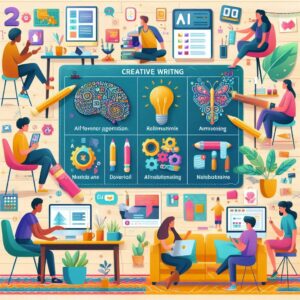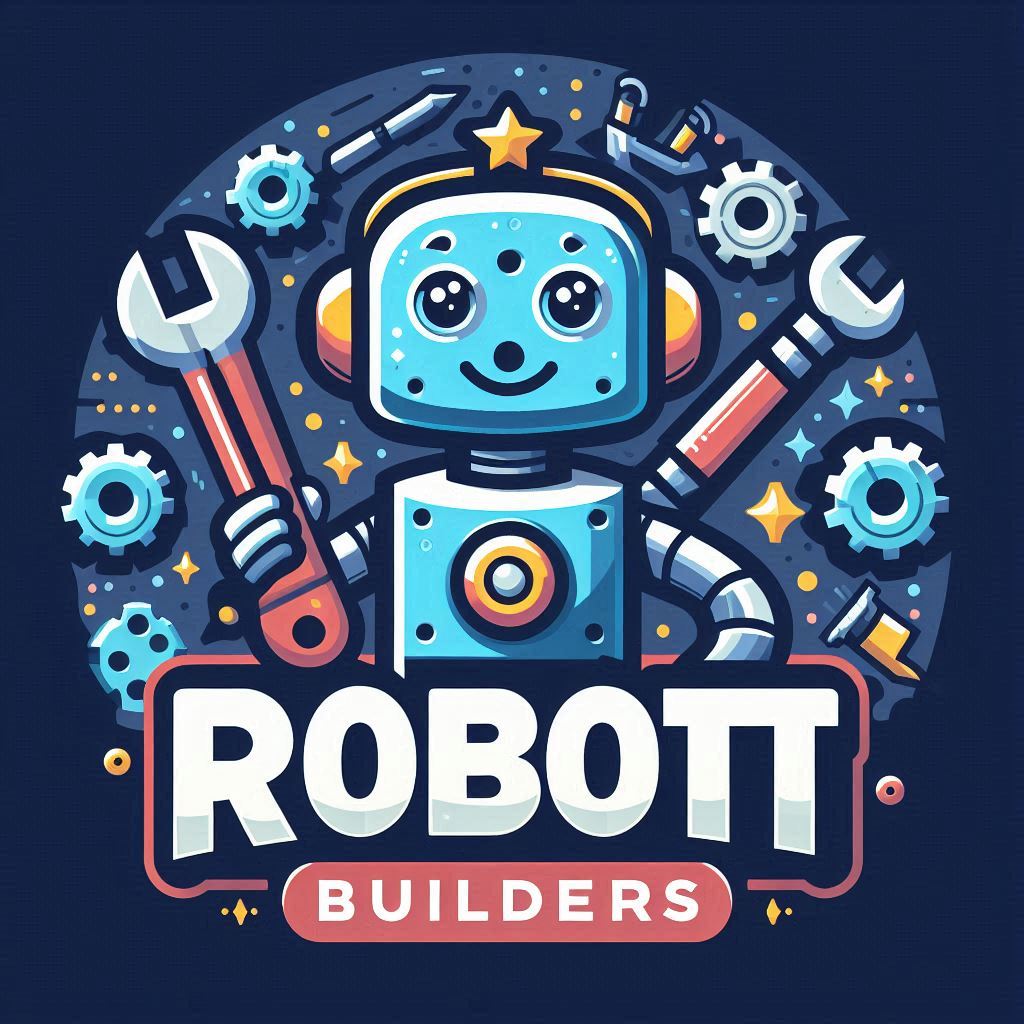Introduction
Artificial Intelligence (AI) is transforming creative writing by helping authors, bloggers, and content creators generate ideas, refine storytelling, and improve grammar. AI-powered writing assistants can enhance productivity, reduce writer’s block, and optimize text for different audiences. By building your own AI tool for creative writing, you can create a personalized assistant that aligns with your unique style and objectives.
This guide explores how to develop AI tools for creative writing, following SEO best practices to boost search rankings and visibility.

1. Why AI Enhances Creative Writing
AI-powered writing tools support creativity by automating brainstorming, refining tone, and suggesting improvements. Some benefits include:
- AI-Assisted Idea Generation – AI offers inspiration based on writing prompts.
- Grammar & Style Enhancement – AI suggests corrections while maintaining the writer’s tone.
- Personalized Tone & Audience Targeting – AI tailors content for different readerships.
- AI-Driven Storytelling & Character Development – AI assists in structuring plotlines and dialogues.
- SEO-Optimized Writing – AI ensures keyword placement for better online discoverability.
With AI-powered writing, authors can focus more on creativity while reducing manual editing.
2. Selecting AI Technologies for Creative Writing
To build an AI writing tool, selecting the right language processing models and machine learning frameworks is crucial.
Recommended AI Writing Technologies
- GPT-Based Models (OpenAI, Google Bard, Claude AI) – AI-driven text generation for storytelling.
- Natural Language Processing (NLP) Tools – AI enhances readability and coherence.
- Hugging Face Transformers – AI fine-tunes creative writing for different tones and genres.
- Google Cloud NLP & IBM Watson AI – AI-powered content analysis for better structure and clarity.
- SEO AI Writing Assistants (Surfer SEO, Clearscope) – AI optimizes text for higher search rankings.
Using these technologies ensures AI-generated content is coherent, engaging, and optimized.
3. Preparing Data for AI-Based Writing Tools
AI models need high-quality text datasets for training and customization.
Key Data Sources for AI-Powered Writing
- Classic & Modern Literature Datasets – AI learns various writing styles and storytelling techniques.
- Grammar & Editing Corpora – AI improves syntax and readability.
- Creative Writing Prompts & Author Text Samples – AI generates human-like stories and ideas.
- SEO Optimized Content Samples – AI ensures keyword usage and ranking improvements.
Steps in AI Model Training for Writing Optimization
- Text Cleaning & Standardization – AI ensures grammatical correctness and fluid storytelling.
- Sentiment Analysis for Tone Adjustment – AI adapts writing styles based on audience needs.
- Keyword Density Optimization for SEO Ranking – AI refines content for search visibility.
- Personalized AI Training for Creative Preferences – AI models adjust to specific genres and tones.
Well-trained AI enhances creative storytelling while keeping content structured and engaging.
4. Deploying AI-Powered Writing Solutions
Once trained, AI writing tools must be integrated into user-friendly platforms for accessibility.
Best Practices for AI Deployment
- Cloud-Based AI Writing Assistants – AI-powered tools accessible anytime, anywhere.
- Word Processor Plugins for AI Writing – AI integrates with software like Google Docs, MS Word, Notion, and Scrivener.
- SEO AI Content Optimization Features – AI ensures correct keyword placement for search rankings.
- AI-Powered Creative Writing Generators – AI automates storytelling prompts and creative flow.
Deploying AI writing tools improves workflow efficiency and enhances content quality.
5. SEO Optimization for AI-Powered Writing Platforms
To increase reach, AI-driven writing tools require SEO strategies for improved visibility.
SEO Techniques for AI Writing Assistants
- Keyword Optimization – Use relevant terms like “AI for creative writing,” “automated storytelling,” and “best AI content generator.”
- Mobile-Friendly Content Formatting – AI writing tools must be accessible across devices.
- Educational Blog Posts & Tutorials – Publish guides on AI-assisted creative writing techniques.
- Industry Collaborations & Content Partnerships – Work with authors and digital marketers for credibility.
- SEO Metadata Enhancement for Search Visibility – Optimize search indexing for AI-powered writing platforms.
SEO-driven AI writing tools gain wider adoption and attract more content creators.
6. Monitoring AI Writing Performance & Improving Creativity
AI writing assistants require continuous refinements to align with evolving writing trends.
Tracking AI Efficiency in Creative Writing
- Grammar Accuracy & Readability Metrics – AI improves sentence flow and structure.
- User Engagement & Writing Interaction Analysis – AI adjusts prompts based on creative needs.
- SEO Ranking & Keyword Optimization Refinements – AI enhances text discoverability.
- Adaptive AI Training for Writing Genres – AI fine-tunes storytelling styles dynamically.
Regular AI improvements ensure long-term effectiveness in creative content generation.
Final Thoughts
AI-powered creative writing tools enable authors, bloggers, and content creators to generate stories, enhance writing quality, and optimize content for SEO. By integrating machine learning, NLP, and automated storytelling, AI tools improve efficiency, creativity, and engagement.
